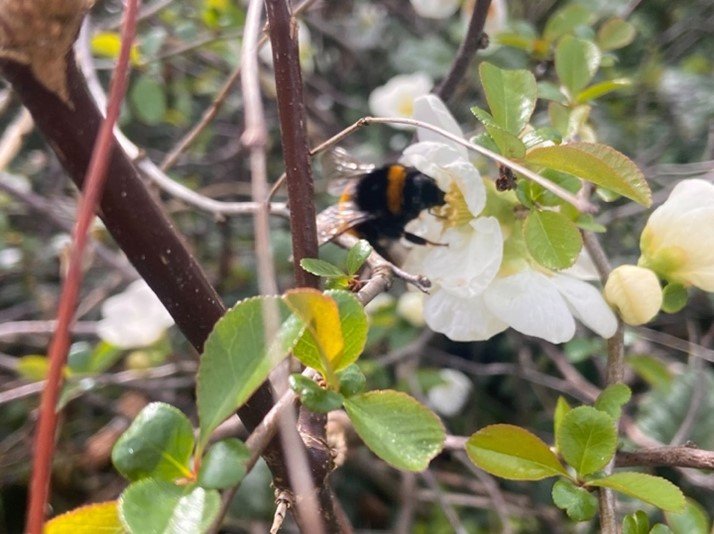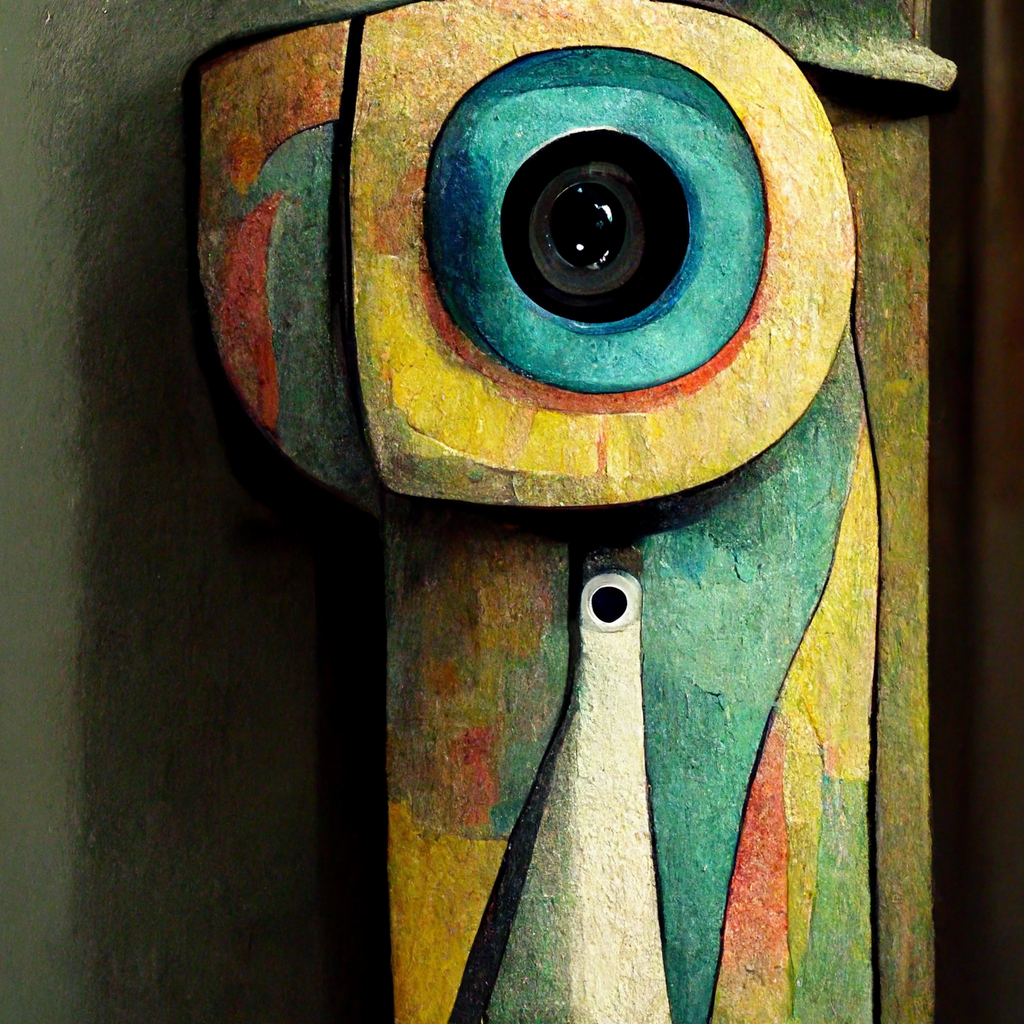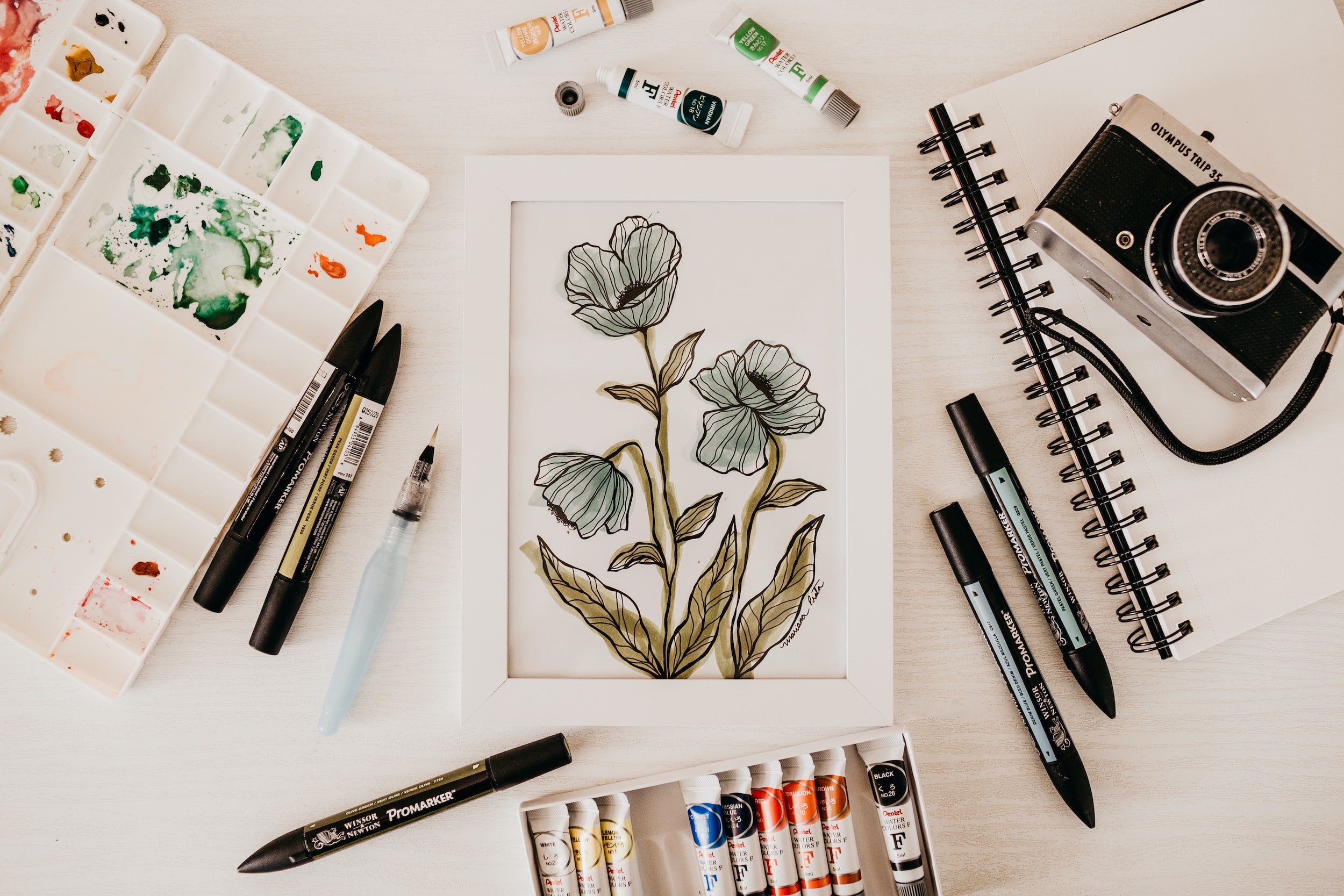Photovoice and Visual Data: Articles
Want to know more about photovoice as a research method? Here are some open-access articles that will show the range of possibilities for this participatory approach, including ways to mix this photographs and other data. Also see Photovoice for Social Justice: Visual Representation in Action and use the code MSPACEQ422 for a 20% discount valid until December 31, 2022.
Han, C. S., & Oliffe, J. L. (2016). Photovoice in mental illness research: A review and recommendations. Health, 20(2), 110–126. https://doi.org/10.1177/1363459314567790
Abstract. In the past few decades, photovoice research has gained prominence, providing context rich insights through participants’ photographs and narratives. Emergent within the field of photovoice research have been health studies embracing diverse illness issues. The goal of this scoping review article was to describe the use of photovoice in mental illness, paying particular attention to the following: (1) the study design and methods, (2) empirical findings, and (3) dissemination strategies. Nine qualitative studies (seven drawing from primary and two secondary analyses) featuring diverse approaches to analysis of data comprising individual and/or focus group interviews using participant-produced photographs were included in the review. Described were participant’s experiences of living with mental illness and/or substance overuse, including feelings of loneliness and being marginalized, along with their support care needs (e.g. physical, emotional, and spiritual) to garner self-confidence, respite, and/or recovery. Empirically, the reviewed articles confirmed the value of participant-produced photographs for obtaining in-depth understandings about individual’s mental illness experiences while a focus on stigma and recovery was prominent. In terms of dissemination, while most of the published articles shared some participants’ photographs and narratives, less evident were strategies to actively engage the public or policymakers with the images. Recommendations for future photovoice research include conducting formal analyses of participant photographs and strategically lobbying policymakers and raising public awareness through virtual and “in person” photo exhibitions while de-stigmatizing and affirming the experiences of those who are challenged by mental illness.
Hannes, K., & Parylo, O. (2014). Let’s Play it Safe: Ethical Considerations from Participants in a Photovoice Research Project. International Journal of Qualitative Methods, 255–274. https://doi.org/10.1177/160940691401300112
Abstract. The use of images and other visual data in qualitative research projects poses new ethical challenges, particularly in the context of participatory research projects that engage research participants in conducting fieldwork. Little is known about how research participants deal with the ethical challenges involved in conducting fieldwork, or whether they succeed in making balanced ethical judgments in collecting images of identifiable people and places. This study aims to increase our understanding of these ethical challenges. From an inductive analysis of interview data generated from nine participants recently involved in a photovoice research project we conclude that raising awareness about ethical aspects of conducting visual research increases research participants' sensitivity toward ethical issues related to privacy, anonymity, and confidentiality of research subjects. However, personal reasons (e.g., cultural, emotional) and cautions about potential ethical dilemmas also prompt avoidance behavior. While ethics sessions may empower participants by equipping them with the knowledge of research ethics, ethics sessions may also have an unintentional impact on research.
Liebenberg, L. (2018). Thinking Critically About Photovoice: Achieving Empowerment and Social Change. International Journal of Qualitative Methods. https://doi.org/10.1177/1609406918757631
Abstract. Photovoice, as a community-based participatory action research (PAR) method, has gained immense popularity since Wang and Burris first introduced it in the early 90s, originally as “photo novella.” Developed as a component of their work with women living in rural farming communities of Yunnan province China, Wang and Burris used this method to assess women’s health and socioeconomic needs, in an effort to support improved reproductive health outcomes. Wang and Burris (1994, p. 179) explain that the purpose of photovoice “was to promote a process of women’s participation that would be analytical, proactive, and empowering.” It is undoubtedly the benefits this method provides to researchers, participants,1 and their communities2 as well as other stakeholders (such as service providers and policy makers) who have driven its popularity.
Lögdberg, U., Nilsson, B., & Kostenius, C. (2020). Young Migrants’ Experiences and Conditions for Health: A Photovoice Study. SAGE Open. https://doi.org/10.1177/2158244020920665
Abstract. Visualization and expression of health-related experiences and conditions by young migrants from five different countries residing in Sweden were examined in this study. Using photovoice, the participants were invited to describe and discuss their experiences in three stages: (a) document and portray their everyday lives by taking pictures, (b) discuss their findings, and (c) present their views on health to the adults who are present in their everyday life and that are important for improving young migrants’ health conditions. The overall findings indicate that temporal, spatial, and social conditions are important for the well-being of these young migrants. Thus, in order for the young migrants to feel well in a new cultural context, a search for meaning and meaningfulness in relation to time, place, and other people was important. These findings are discussed in light of social, mental, and existential health dimensions and in relation to the selected study methods.
Simmonds, S., Roux, C., & Avest, I. ter. (2015). Blurring the Boundaries between Photovoice and Narrative Inquiry: A Narrative-Photovoice Methodology for Gender-Based Research. International Journal of Qualitative Methods, 33–49. https://doi.org/10.1177/160940691501400303
Abstract. Photovoice provides alternative ways of doing research with schoolgirls, who are vulnerable and often under-acknowledged research participants. It is particularly valuable in dealing with sensitive topics such as gender-based violence, poverty and HIV/AIDS and other chronic illnesses. Photovoice is thus widely employed in disciplines such as health, education, economics, sociology, anthropology, and geography. Up until now, however, it has been predominantly underpinned by participatory action research and other community-based participatory related methodologies. This article explores the possibility of blurring the boundaries between photovoice and narrative inquiry to create a narrative-photovoice methodology for gender-based research. In this study, South African schoolgirls participate as coresearchers employing narrative-photovoice and reflect on the value and limitations of this methodology for making meaning of gender (in)equity in their everyday lives. The main findings are categorized into the following themes: (a) superstition and suspicion: a gatekeeper to gaining access, (b) embracing creativity, (c) moving beyond the abstract, (d) digital versus disposable camera, (e) and having fun while learning. In the conclusion, the authors reflect on the participants' experiences of doing narrative-photovoice and highlight particular considerations for using this methodology.
Sprague, N. L., Okere, U. C., Kaufman, Z. B., & Ekenga, C. C. (2021). Enhancing Educational and Environmental Awareness Outcomes Through Photovoice. International Journal of Qualitative Methods. https://doi.org/10.1177/16094069211016719
Abstract. In the United States, there are substantial barriers to youth nature access and environmental education (EE). These barriers may lead to racial, geographic, and socioeconomic disparities in both nature contact and environmental awareness. This study investigated the impacts of a Photovoice EE intervention on the environmental perceptions, STEM-capacity, and environmental awareness of 335 low-income, urban youth (ages 9–15). Youth were assigned to one of two intervention groups, a Photovoice EE intervention group or an EE intervention group without a Photovoice activity, or a control group. The Photovoice activity revealed that participants perceived the environment in three major subthemes: social, natural, and built. Photovoice participants expressed both positive and negative sentiments toward their environment. After the EE intervention, Photovoice participants experienced greater improvements in STEM-capacity scores than those who participated in the EE intervention without the Photovoice activity (p = .04). Further, EE participants experienced improved STEM-capacity and environmental awareness scores (p < .001), while a control group of youth who did not participate in the EE intervention did not experience any significant improvements in STEM-capacity or environmental awareness. Study results suggest that the Photovoice activities may be associated with improved learning outcomes. Larger intervention studies are necessary to confirm the benefits of Photovoice in Environmental Education.
Teti, M., & van Wyk, B. (2020). Qualitative Methods Without Borders: Adapting Photovoice: From a U.S. to South African Setting. International Journal of Qualitative Methods. https://doi.org/10.1177/1609406920927253
Abstract. Although researchers recognize that qualitative methods are well-suited to capture culture, we less frequently reflect on how the way in which we develop, use, and implement qualitative methods is also a culture-laden task. Like health care practices and interventions, qualitative methods require cultural adaptation (Castleden & Garvin, 2008; Kamanda et al., 2013; Mark & Boulton, 2017). In this editorial, we describe the process of translating and adapting an HIV Photovoice study implemented in the Midwest U.S. (by MT) for use in a completely different cultural setting, urban South Africa (by MT and BVW) with a group of adolescents living with HIV (ALHIV). We outline the steps taken and the lessons learned to initiate a discussion on adapting qualitative methods and contributing to formal adaptation guidelines for researchers.

























Sometimes taking a break from the keyboard to write by hand unleashes creativity.